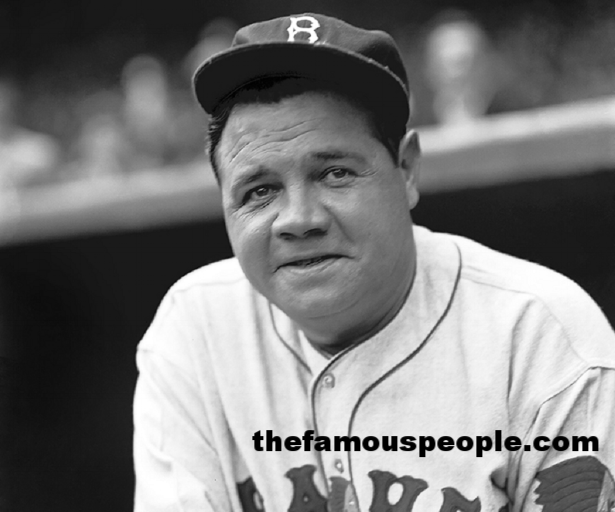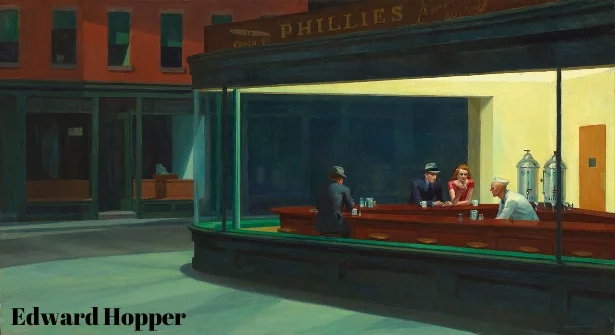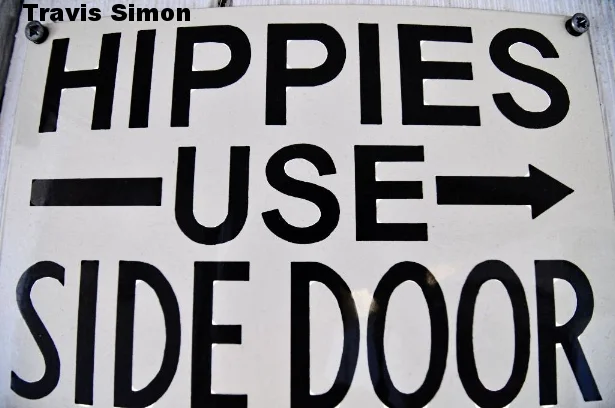Donuts & Democracy: The Diner as Symbol

Welcome back, ladies and gentlemen, this is Jon O’Guin. Today’s topic isn’t going to talk very much about actual cooking or foods, so if that’s what you came for, you’re free to go. No, today we’re going to talk about the diner’s position not in the history of America, but rather the IDEA of America. Because make no mistake, the diner is a crucial part of the American zeitgeist, a claim I know is somewhat weakened by relying on German loanwords to prove. Luckily, I probably won’t use any more after that one, so that’s something! So bring me some eggs, grab a bit of booth, and let’s dig in!
A Rough Start
The first era of diner depictions is actually very short, and relies on a simple fact that we will revisit time and again: diners were for anyone, and everyone. Particularly, as we established in the history post, they were originally for those workers burning the midnight oil. As such, there was, funny as this may seem to you now, a sense of “danger” to diners, in the late 30’s and early 40’s. In the same vein as walking into a biker bar or saloon would be viewed today: diners were the purview of prostitutes, factory workers, and criminals, the word was. A place to mind your own damn meal and keep your nose out of anyone else’s business. Except their very nature also made them remarkably communicative: when you’re sitting on a stool a foot from your neighbor, it was often impossible to not become somehow a part of their world. If the diner was bustling, you might find yourself arguing which team was taking the pennant that year with a man you never met, only to have someone 4 seats down butt in to drop their feelings about that George Herman fella.
What was his last name? Bluth? Boothe? Something like that.
It wasn’t until World War 2 that diners got a big uptick in respectability. This was at least partly because of simple economics: see, during World War 2, a LOT of male factory workers, policemen, and salesmen ended up in the armed forces. Women became a prominent market force; or rather, became a more visible one, since women are, historically, 50% of most markets. Diners cleaned up, hoping to court their business. Just barely into the war, another bit of good marketing fell into the lap of diners around the nation: its name was Nighthawks, and it was painted by Edward Hopper. And if you haven’t seen it personally, you’ve almost certainly seen a parody or reference to it.
Fun fact:The original painting is 5 FEET wide. You know how people always say they thought the Mona Lisa would be bigger? NO one says that about Nighthawks.
It was an instant classic, being bought within weeks of finish for $3,000. In 1942 money. By comparison, a new car that year ran about $1,000. He was handed “Buy three new cars” cash for it, after about 45 days of work on it. Also around this time, Grapes of Wrath, Steinbeck’s seminal work, includes a notable section about diners that I’m going to wax philosophical about.
Tears, Truckers, and Shit-Heels
I have frequently mentioned that I am not a man who cries frequently. I typically follow this up with examples of things that do make me cry, forming a slowly-building impression that I am in fact weeping constantly, and simply a bald-faced liar. This would be wrong: my face is essentially never bald, having had some form of facial hair on it for the last 16 years, excepting a couple regrettable months because of some plays I was in.
This is because, as I’ve failed to clarify: I don’t cry from SADNESS frequently. No, I cry from nostalgia, joy, heartwarming schmaltz, and so on. Sadness I tend to handle the same way Wilson Fisk handles dating trouble: by tightly controlling my emotions until I can pummel a Russian gangster’s head in a car door. Maybe not the best method for handling emotions, but it’s been a hell of a wonder for organized crime rates in Washington. (Actually, it’s been terrible. The gangs keep assuming it’s a rival gang. I’ve started 5 bloody street wars in the last 8 months.)
I'm beginning to suspect that this known criminal leader and violent murderer isn't a great emotional role model.
Anywho, one great example of the kind of stuff that turns on my waterworks is found in John Steinbeck's Grapes of Wrath. The chapter begins with a rolling impressionistic depiction of a roadside diner:
Minnie or Susy or Mae, middle-aging behind the counter, hair curled and rouge and powder on a sweating face. Taking orders in a soft low voice, calling them to the cook with a screech like a peacock. Mopping the counter with circular strokes, polishing the big shining coffee urns. The cook is Joe or Carl or Al, hot in a white coat and apron, beady sweat on white forehead, below the white cook's cap; moody, rarely speaking, looking up for a moment at each new entry. Wiping the griddle, slapping down the hamburger. He repeats Mae's orders gently, scrapes the griddle, wipes it down with burlap. Moody and silent.
The Grapes of Wrath, Chapter 15
It continues like this for some time. And while I would love to tell you the whole schmaltzy story, but you can just read it here, and short-cutting a story like this tears out the emotional core of it.
The soul of it, you know? The emotional center. The....damn it, what's the word?
And it was depictions like Grapes of Wrath and Nighthawks that built the idea of the diner as a valid piece of American life. As the 40’s continued, the diner became a respectable, even a patriotic dining option. By the 50’s and 60’s, the symbolism had locked in: diners were stainless steel and sterling white décor. The counter was seen as an icon of American egalitarianism, where every man was equal. A sort of neutral ground for the community. A noted diner historian (Which surprisingly is a real profession. Less surprising: it’s basically just the one guy.) retells a friend’s story: “I was at the counter, and to my left was the Chief of Police. The guy to my right was just a real character. Eventually, the chief of Police leans past me and asks, “Didn’t I arrest you last year?” “Yes you did,” the character answers, “please pass the ketchup.” “
Turn of the Tide
What happened next is somewhat predictable, if you think of the trends of the decades: being a symbol of standard Americana, as the 60’s and 70’s unfolded, wasn’t always a good thing. Diners became emblems of the America people were protesting. Films like Five Easy Pieces and Easy Rider showed the diners as bastions of small-minded, overly officious America, rejecting the new lifestyles and trends.
This was a real sign, hung in a real diner, less than 5 years after the Civil Rights Act. I honestly expect they just painted over another word and kept the sign.
This stint didn’t actually hold on very long, before becoming something more…mundane. Come the 80’s and 90’s, diners appeared in films for a very prosaic reason: it’s easy to film people in them. The booths of diners were easier to film than tables in a more standard restaurant. The booth created a field of vision, an isolated unit.
Weirdly, this became used in a lot of gangster films, the isolated view of the booth created a feeling of intimacy, while the food became a useful element of visual interest. So, in a way, we had come full circle: the diner became the domain of the criminal element, a place where illicit plans could be discussed in private. Taking us back to where we began! And I still never got my eggs! So no one’s happy!
MONDAY: JON WHETS HIS WHISTLE WITH SOME DELECTABLE DINER DRINKS!










